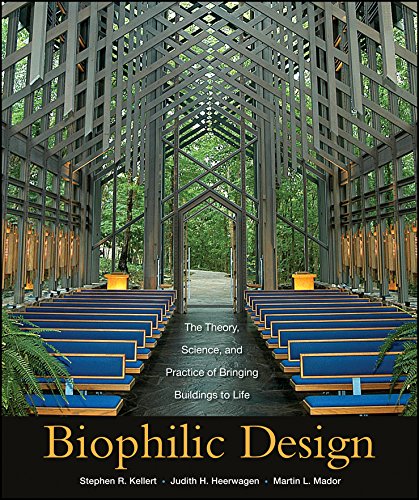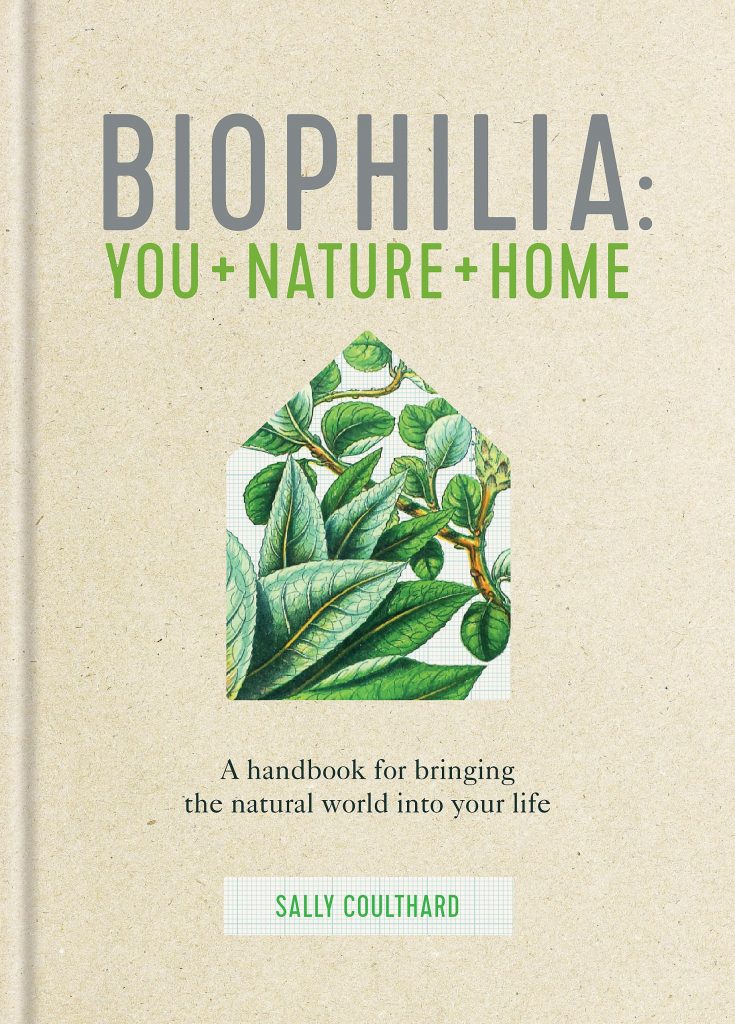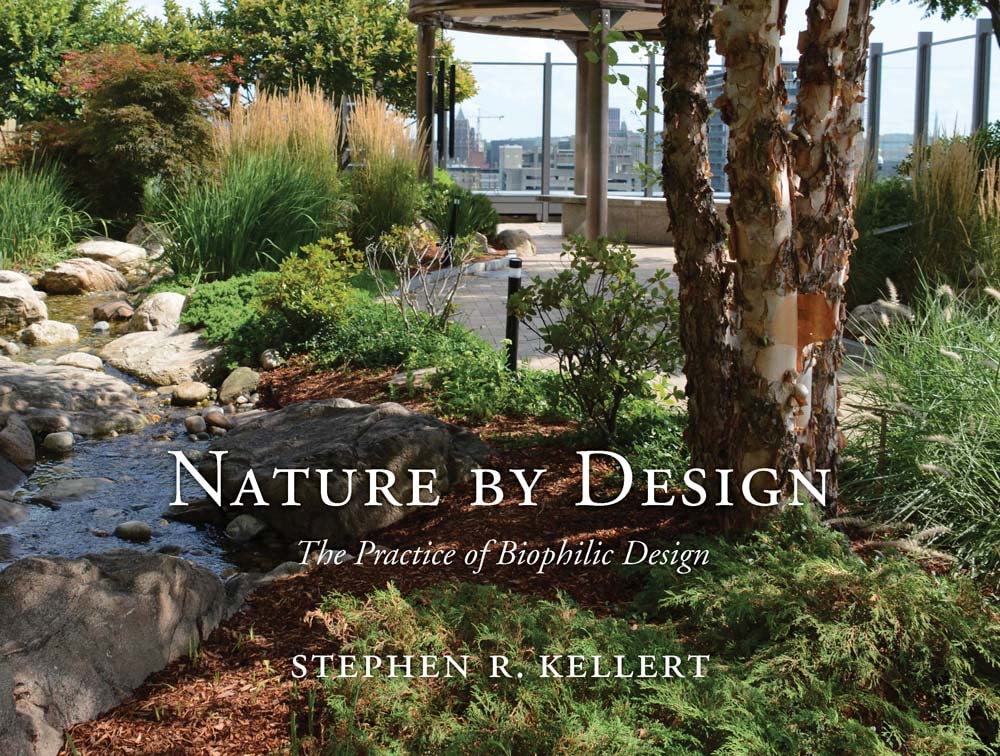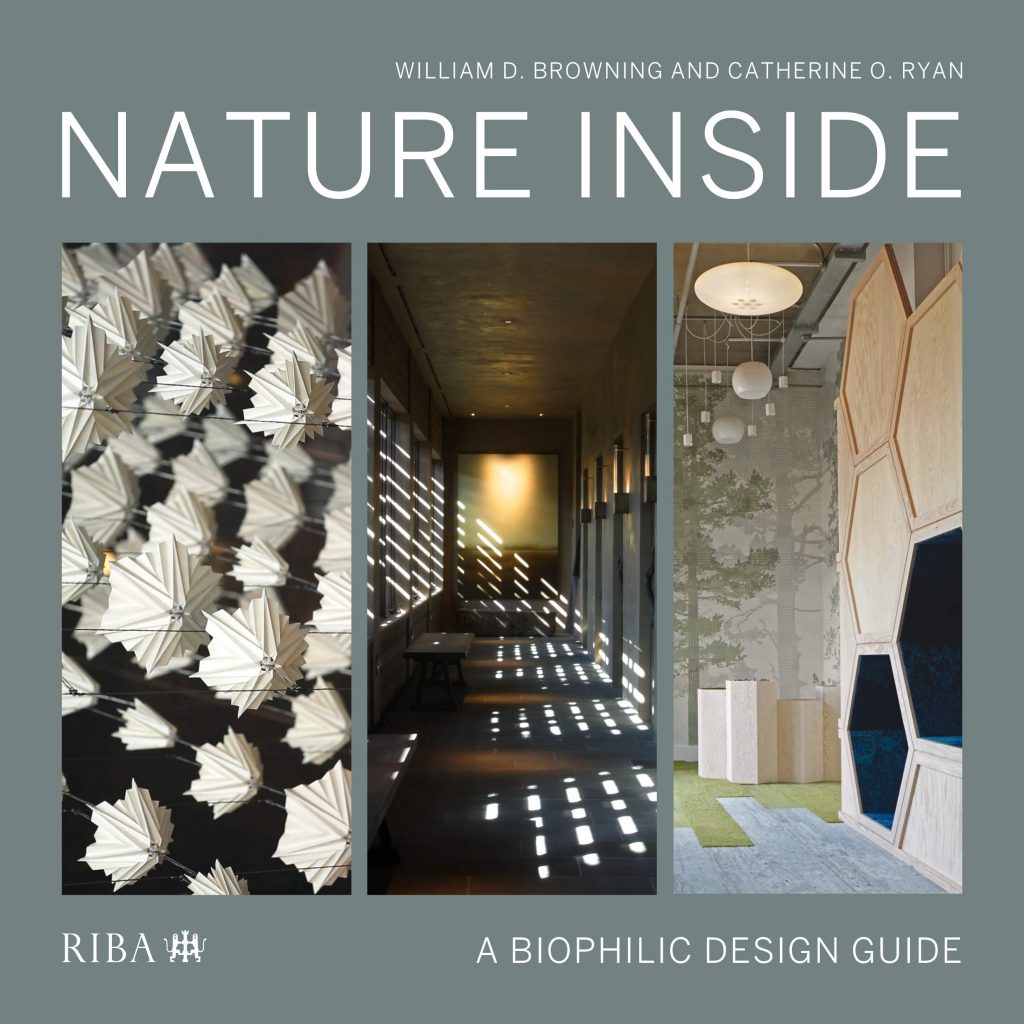Natural Presence
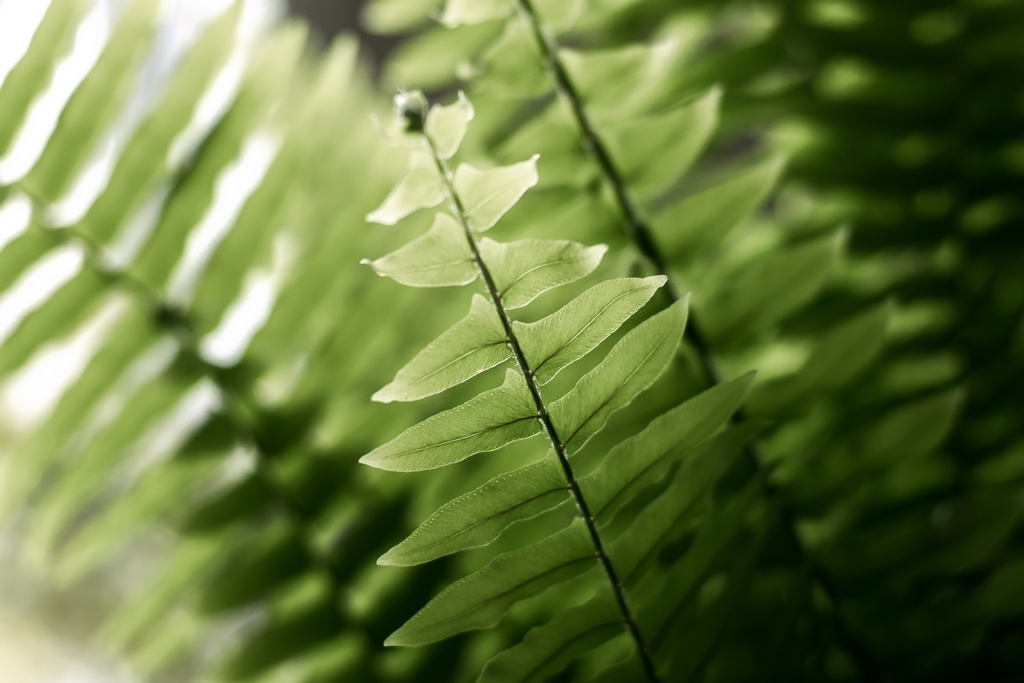

Creating emotional connections within the landscape ultimately means understanding the clients’ most deep-seated desires. As Mike Farley explains, working with natural elements, a discipline known as biophilic design, is arguably the most direct route to the hearts of his clients.
By Mike Farley
I recently learned a new term, biophilic design. It refers to the practice of including nature in man-made environments. Even though it’s primarily used to describe natural elements used in indoor design, in many ways, I believe it’s a concept that perfectly suits today’s watershaping, and broader architectural markets.
Here’s why I think it’s so important: I believe the pandemic forever changed the watershaping industry. The traumatic events of those lost years dramatically reset attitudes and values within our industry, and the way that consumers regard what we do. That’s especially true for the role that water plays in their lives.
From a historical point of view, it’s not the first time that world events have shaped our identity and refocused our efforts. Ater 9/11, there was major shift in attitudes, a sea change that, in some ways, was the foundation for the changes we’ve seen more recently traversed during the pandemic and now in the post-COVID era.
EMBRACING ISOLATION
After the 9/11 attacks, our society was gripped in fear. Our world suddenly seemed a smaller and more dangerous place. That anxiety drove people to think in terms of nesting in the safety of their homes; and, as a result, we saw the onset of the concepts such as cocooning, staycations and the backyard resort. Landscape architects started talking about outdoor rooms, and the work of watershapers grew beyond the water’s edge.
That trend drove much of the industry’s expansion during the pre-recession years. Watershape projects became far more creative, and expensive. Increasing real estate values drove investments in home improvements with families looking to spend more time in their private outdoor environments. It was a positive trend for our industry, even though it was motivated by shared fears and an unprecedented national trauma.
Things changed during the Great Recession of 2008-09, and the industry retreated into a defensive crouch as we all tried to weather the lean years. The effects of the post-9/11 era lingered, as the industry slowly regained footing in rebounding economy.
When the pandemic hit in 2020, a similar trend took hold that saw more and more people upgrading their at-home amenities. Only this time, there was an even greater sense of urgency. People were literally stuck at home, with a threat that was more immediate than the fear of terrorism. We were told to stay home to prevent contracting and spreading a potentially deadly illness. Many were confined with their kids who desperately needed a place to vent their youthful energy. For some homeowners, creating a backyard recreational center became a matter of maintaining their sanity; and, in many ways, making the best out of a bad situation.
Today, the trend has advanced to the point where literally everything you do inside the home has been exported outside. Where we used to build outdoor dining areas and bars, now we’re creating entire living areas in the backyard with structures that are effectively additional dwelling units. Amenities such as fire features, shade structures and even outlandishly elaborate lazy rivers, and luxurious spa and wellness elements have all come into vogue along with numerous other features and design schemes.
SEEKING DEFINITION
While we all know these trends when we see them, and most everyone I know in our industry has experienced the same thing, placing a clear definition on what’s happening is more elusive. I’ve personally wondered how to describe the direction we’re heading.
A few weeks ago, I heard a podcast that covered a concept that I believe goes a long way in defining today’s watershaping and landscape design market trends. Although the program was about biophilic design for interior spaces, I believe the concept sums up much of our own industry’s focus and efforts.
On the most basic level, the term refers to design that incorporates natural elements including plants, water, fire, air, sound and even animals.
First made popular by scholar Edward O. Wilson in the 1980’s, it’s fair to say that the concept has been in play ever since humans began creating built environments. On one hand, we’ve sought shelter and safety from nature, while at the same time, we’ve always sought to bring nature into our daily lives.
According to author and biophilic-design advocate and expert, Stephen R. Kellert, “Biophilia is the theory that people possess an inherent affinity for nature, which developed during the long course of human evolution. In recent years, studies have revealed that this inclination continues to be a vital component to human health and wellbeing. Given the pace and scale of construction today with its adversarial, dominative relationship with nature, the integration of nature with the built environment is one of the greatest challenges of our time.”
The desire for natural design influence is why we have yards in the front and back of our homes, windows in our buildings and public parks in our cities. It’s why we build gardens on rooftops in densely populated areas and the reason for preserving beautiful natural environments. On one hand, we have long sought to master nature, but at the same time hold it emotionally close.
Biophilic design is the reason behind gardens with flowering plants, and the delight we take in the sound of moving water; and, our love of animals, from the sight of birds in flight to the sound of songbirds and croaking bullfrogs, shows we are gratified by the presence of living things.
In a very real sense, the love of nature and desire to be in contact with it, is exactly why people seek water in the form of pools, spas, fountains, ponds and all other of aquatic iterations. It is why we value properties by the water’s edge or in proximity to wilderness areas.
As I consider where we are as an industry, and especially the roles we are playing in our customers’ lives, biophilic design is clearly an important element, if not the ultimate driving factor. We’ve all been practicing it, even though we haven’t had a term to describe it.
EVERYTING EVERYWHERE
Indeed, biophilic design is a big idea with broad philosophic implications, but it’s also entirely practical. The concept emerges in one form or another with a vast majority of clients. We find it literally everywhere throughout the history of art and architecture, but most important of all, it drives specific design decisions we make on our clients’ behalf in the here and now.
In other words, it is a design concept that is as common and impactful as nature itself. After all, it’s human nature to value the natural world.
Let’s break it down:
Water
The entire point of the watershaping industry is to bring water into people’s lives. Our industry’s very existence fits the biophilic design definition. The presence of water also illustrates the point that bringing nature into the design means different things to different people. The love of nature is very much a matter of individual expression.
For example, a rectilinear pool might fit the definition for some but not others. Some people might consider the architectural design decidedly unnatural and would prefer a pond or a more rustic pool that is overtly designed to mimic nature. By contrast, others might consider the simple presence of water, with its reflections and natural distortions of light as the primary natural characteristics. It depends how you regard what is and isn’t natural.
It’s interesting to note that spas/hot tubs fit into biophilic design model because of the way they mimic the effect of natural hot springs. Seeking comfort in warm, roiling and aerated water is very much an intuitive and natural experience. Fountains may be decidedly man-made in appearance, but the sound of moving water and the interplay of light can be enormously gratifying from a natural perspective.
Plants
For many people, plants are the most obvious player in biophilic design. Again, the nature of the plantings can vary tremendously. Plants can be very disciplined, contained neatly in planting beds or even containers on decks, or they can be untamed and far more natural in appearance.
We see endless iterations, from the majestic presence of trees, to vines overtaking an arbor or pergola, to plants hanging from pots, to flowering ground cover and grass growing between pavers. We innately appreciate the variety of greens, textures, shapes and sizes. We love the fragrance of some plants, the vivid colors of blossoms and changing leaves, and the seasonal changes plants bring to the space.
Many people delight in edible plantings, bringing the sumptuous bounty of gardening from the ground to the kitchen. We love the cool shade of trees and the way in which the living presence of plants defines the experience of “being there.”
Fauna
You can make a strong argument that our love of pets is biophilic. There’s something primal and nurturing in our love of cats and dogs, the most obvious examples, but there are many other ways we bring animal life into our homes in the form of aquariums, plants that attract butterflies and beneficial insects, ponds that serve as home to fish and amphibians. We hang bird feeders and place bird baths, and there are even people who mount “bat houses” in their backyards to attract bats for the purpose of mitigating mosquitos.
All landscapes, from massive estates, to modest suburban backyards, can be designed with the presence of animals in mind.
Views
Fusing the outside with the inside is a classic biophilic strategy. I believe this is why windows have become far more prevalent in housing design. People want to take advantage of natural light sources, and incorporate views of landscape, gardens, water and the sky as part of the indoor ambiance.
This means that as exterior designers, we need to be sensitive to the way our work looks from inside the house. In effect, our work designing water, hardscape and softscape becomes part of the interior decoration, and certainly an important facet of the consumer’s daily experiences.
Fire
One of the most dramatic, yet comforting, biophilic features, fire bowls, pits, troughs, fireplaces and torches have become wildly popular. In my own design work, builders sometimes chide me about my elaborate use of fire, which comes into play on a vast majority of projects these days. The reason is simple, people love to be near fire, for its warmth, hypnotic beauty, and as a social hub.
Art
Nature’s presence is sometimes symbolic. Raked sand beds representing flowing water in Japanese garden design is a classic example of natural representation. Botanic patterns in tile mosaics, sculpture and other forms of artistic expression are commonly used to inject nature into the built setting. While this is truer indoors, we nonetheless see numerous examples outside, especially in and around the water, where natural materials and artistic statements are often used to enhance design.
Space
The way an environment is laid out can bring people closer to nature. Taking advantage of vistas, or locating destinations such as a gazebo near or in a garden, or by a stand of trees are both wonderful ways to integrate human experience with the natural world. Being surrounded by a natural element, such as a sunken fire pit area in the middle of a pool, or an island in the center of a lazy river, create intimate proximity to water’s captivating qualities and even provide a sense of adventure and privacy.
SEEKING CLUES
As a watershape designer, I’m always trying to get inside my clients’ heads to be better prepared to create a place that will make them happy over and over again. Although no one uses the term biophilic design, I hear indications of the idea in almost every conversation I have with my clients.
When they reference experiences that they’ve had on vacation or from their childhood, more often than not, they are remembering some kind of time spent with elements of the natural world. I believe those preferences are hardwired. In today’s uncertain world of growing isolation, forging those innate connections becomes all the more powerful.
To some extent, it’s always been that way, and almost certainly always will.
Mike Farley has 30-plus years of experience creating custom pools and landscapes. He has designed more than 750 unique projects that have been built to date, winning numerous awards in both California and Texas. He is widely published and is one of the watershaping industry’s most experienced and sought-after instructors.
Special thanks to Trey Farley for his perspective and assistance compiling resources for the above discussion.










